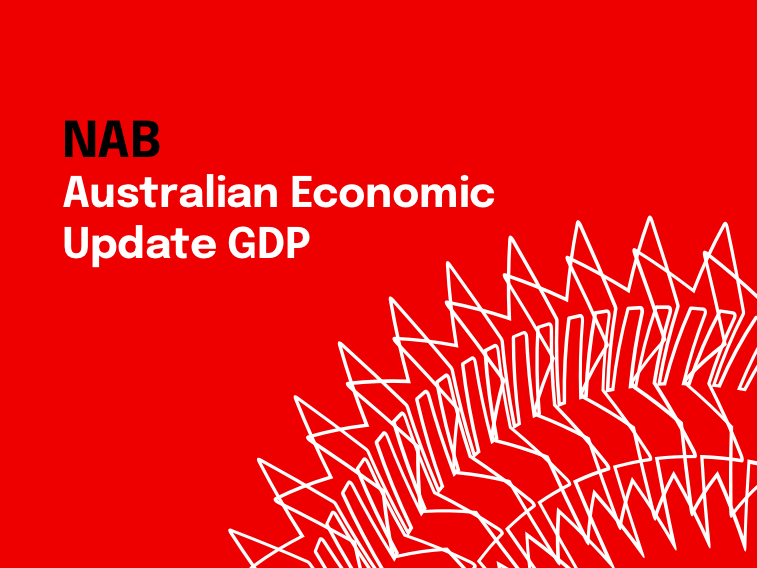Consumers lead the way


Insight
In today’s weekly we consider the case for the RBA cutting the cash rate.
For further FX, Interest rate and Commodities information visit nab.com.au/nabfinancialmarkets
© National Australia Bank Limited. ABN 12 004 044 937 AFSL and Australian Credit Licence 230686.